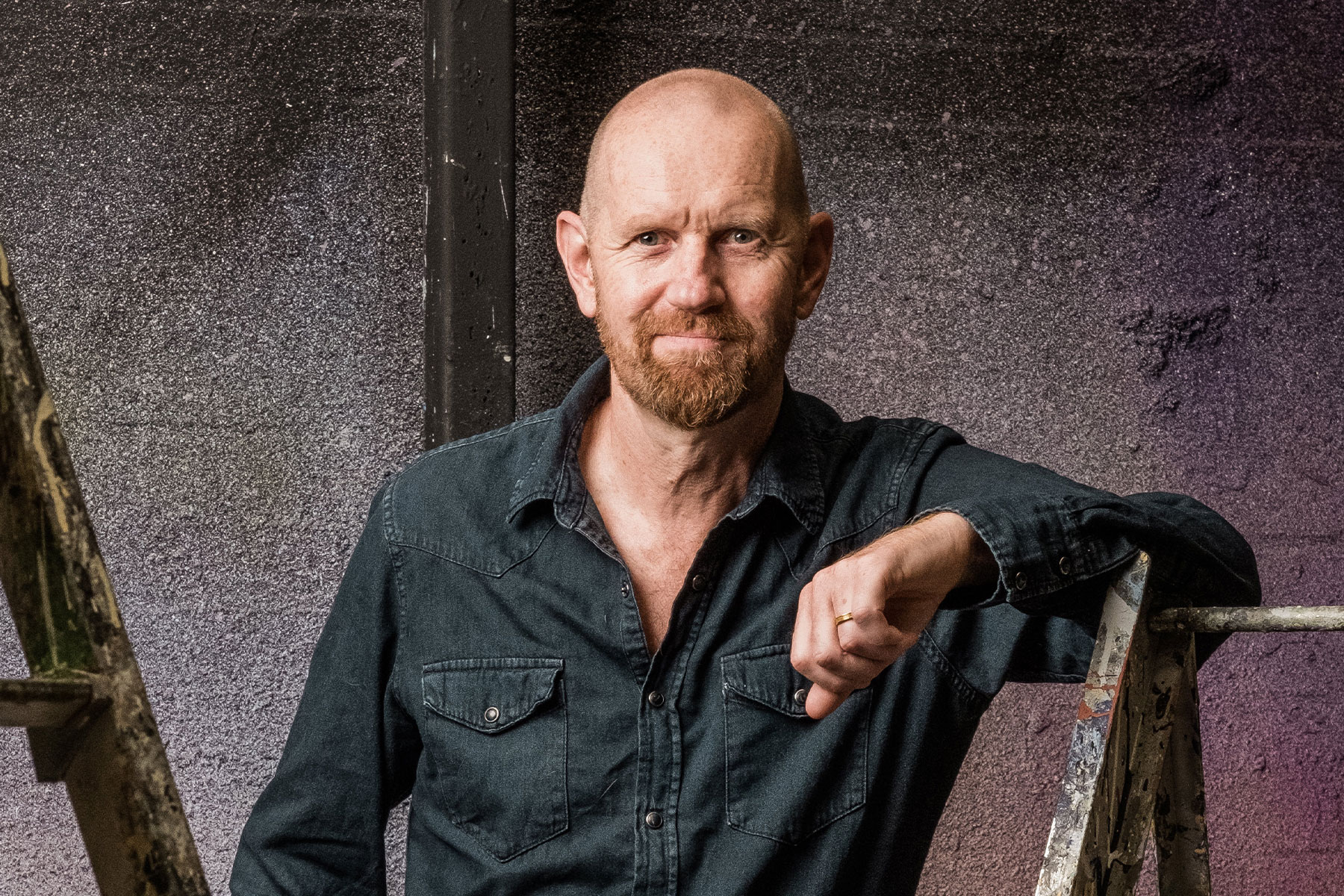Banksy: The Room in the Elephant (Arcola Theatre)

Titus Coventry begins Banksy: The Room in the Elephant by telling us that no one wants the truth, they want the story. This sets up Emma Callander’s 50-minute, one man play perfectly as the audience suspends its belief in a truthful account of the adaption of Tachowa Covington’s experiences to be taken along on Titus’ journey. It also sets the crowd at a distance from the story, which, in spite of the incredible performance by Gary Beadle, is never bridged.
Banksy: The Room in the Elephant focuses on Titus’ life before and after the graffiti artist extraordinaire Banksy thought the water tank near Los Angeles he had been living in for seven years looked like an elephant. When Banksy asks Titus for permission to tell the world his thoughts – by spraying the words ‘this looks a bit like an elephant’ on the side of his ‘home’ – the resident is baffled by the request but tells how he is won over by the ‘sneaky’ English man. Before the spray paint has dried, Titus’ home has been taken away and a grudge is born within the survivor. The play is framed by the grief-ridden Titus breaking back into his ‘elephant’, where it is now stored in a warehouse, to share his version of events with YouTube after hearing that his story has been adapted into a play.
Banksy: The Room in the Elephant has evolved as information has come to light since its 2012 debut. It’s about the value of having a safe space to call home, the art of survival and the strength of spirit it takes to hope when everything is taken away from you. By also making this play question what art means, the impact it has on lives and whether the unfortunates in society are abused for artistic purposes, the playwright tries to transcend this one man’s story.
Writer Tom Wainwright describes in the programme how he thought it felt ‘a bit grubby’ to tell the story of someone who had been dispossessed when the telling of the story wouldn’t help him reach his aim of getting back his home. Whether it is a YouTube video, a piece of graffiti, the transformation of an unused metal sculpture into a home or a play about a ‘real’ person, art and artists are depicted here as untrustworthy. The playwright rebels against his own form of expression, and his role in society, and perhaps it is his conflict with writing this play that stops it from truly moving the audience.
With only minimal props and effects, this play’s success relies heavily on Beadle's performance. Wild-eyed and capricious throughout, Titus tells his cyclical tale of failure, destitution, salvation in a lyrical style that trips off his tongue like poetry. The timing this takes from the actor, who doesn’t slip once, is incredible and the performance in the sparse studio is so raw it almost feels like a betrayal that is not truthful. But who wants the truth anyway?










